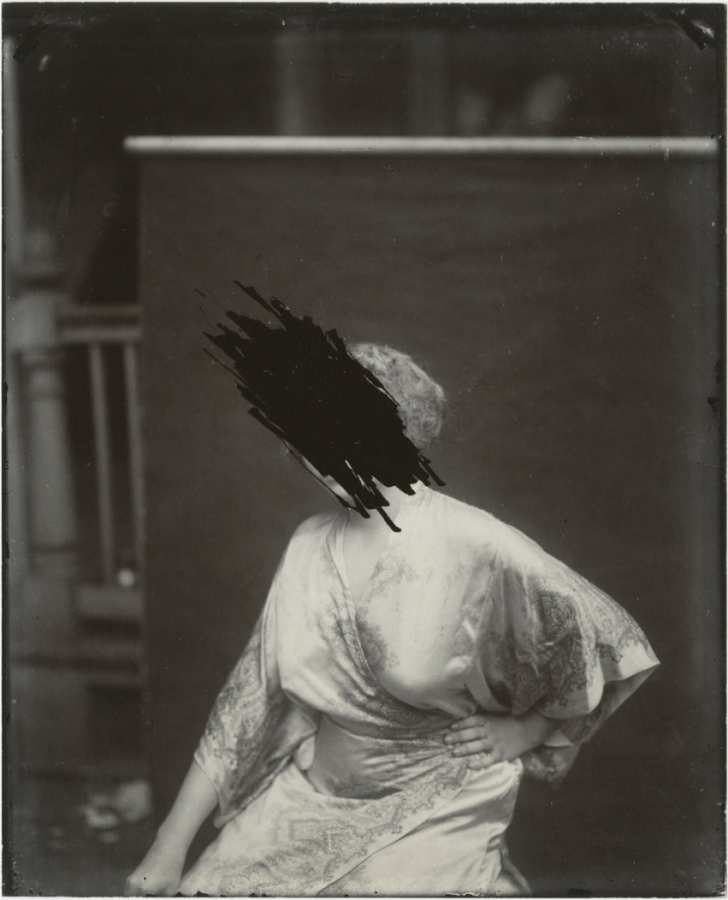




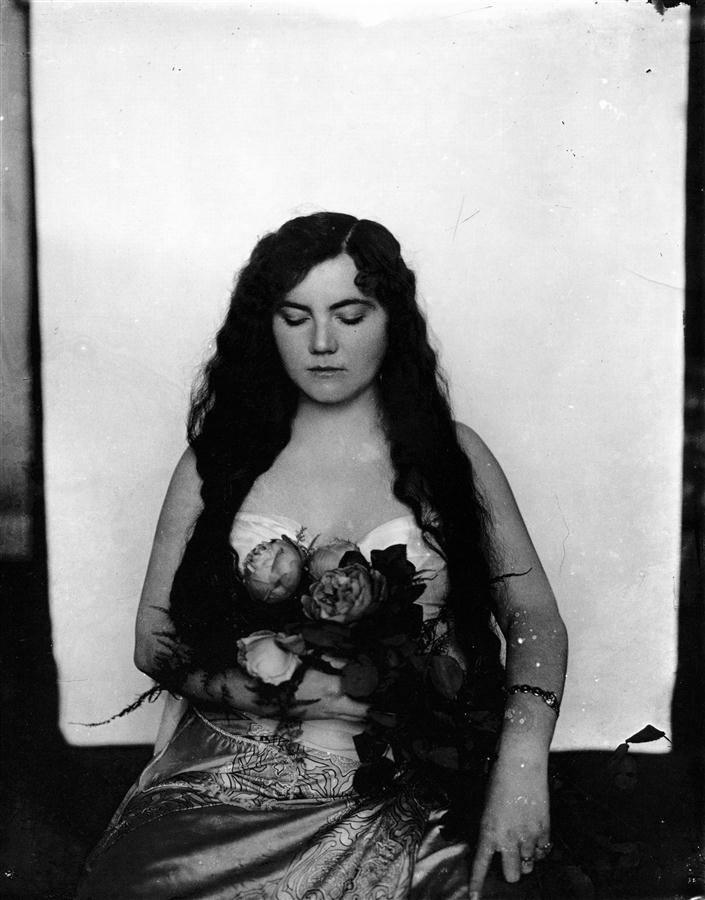


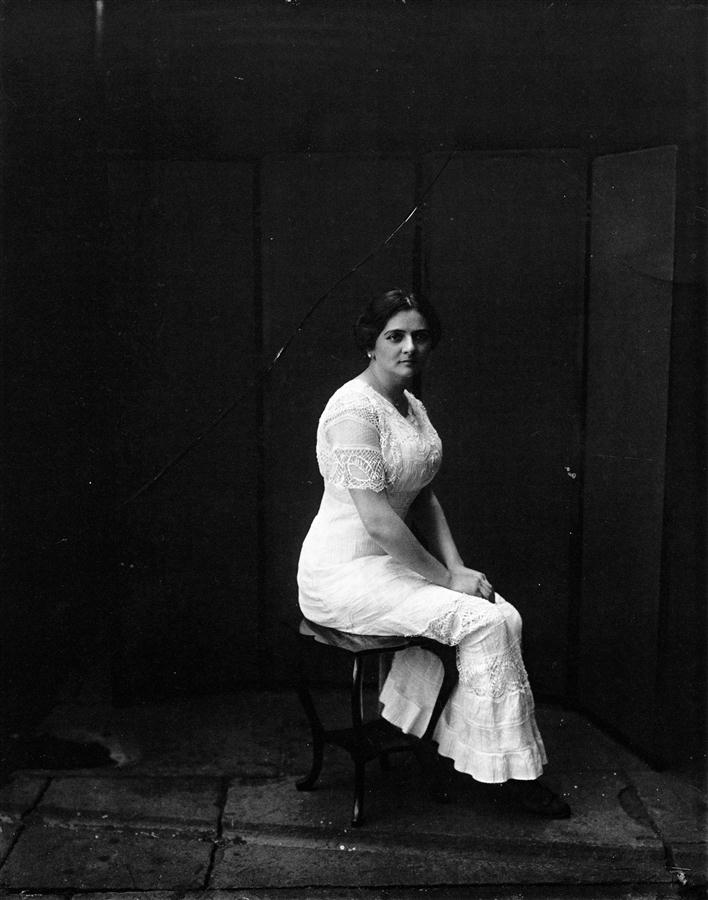








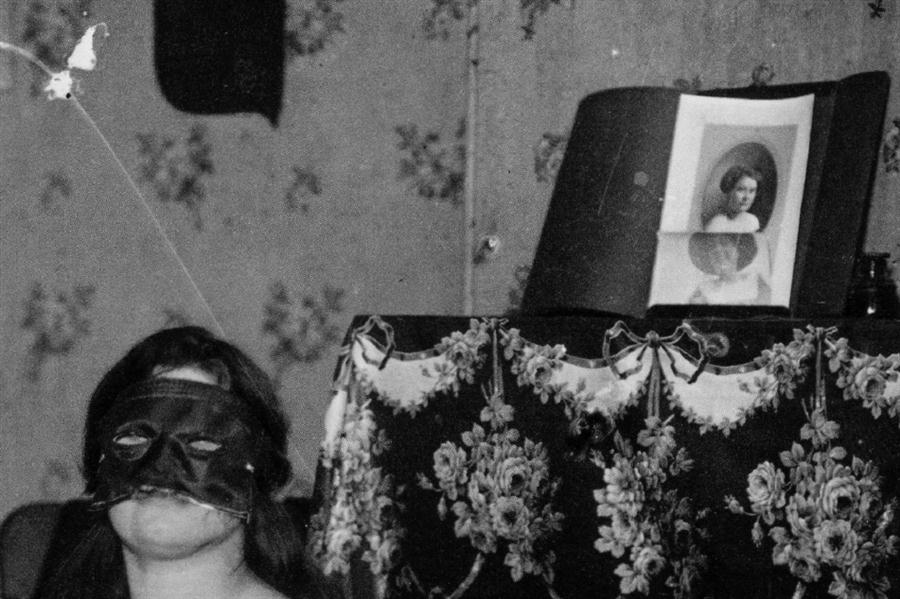





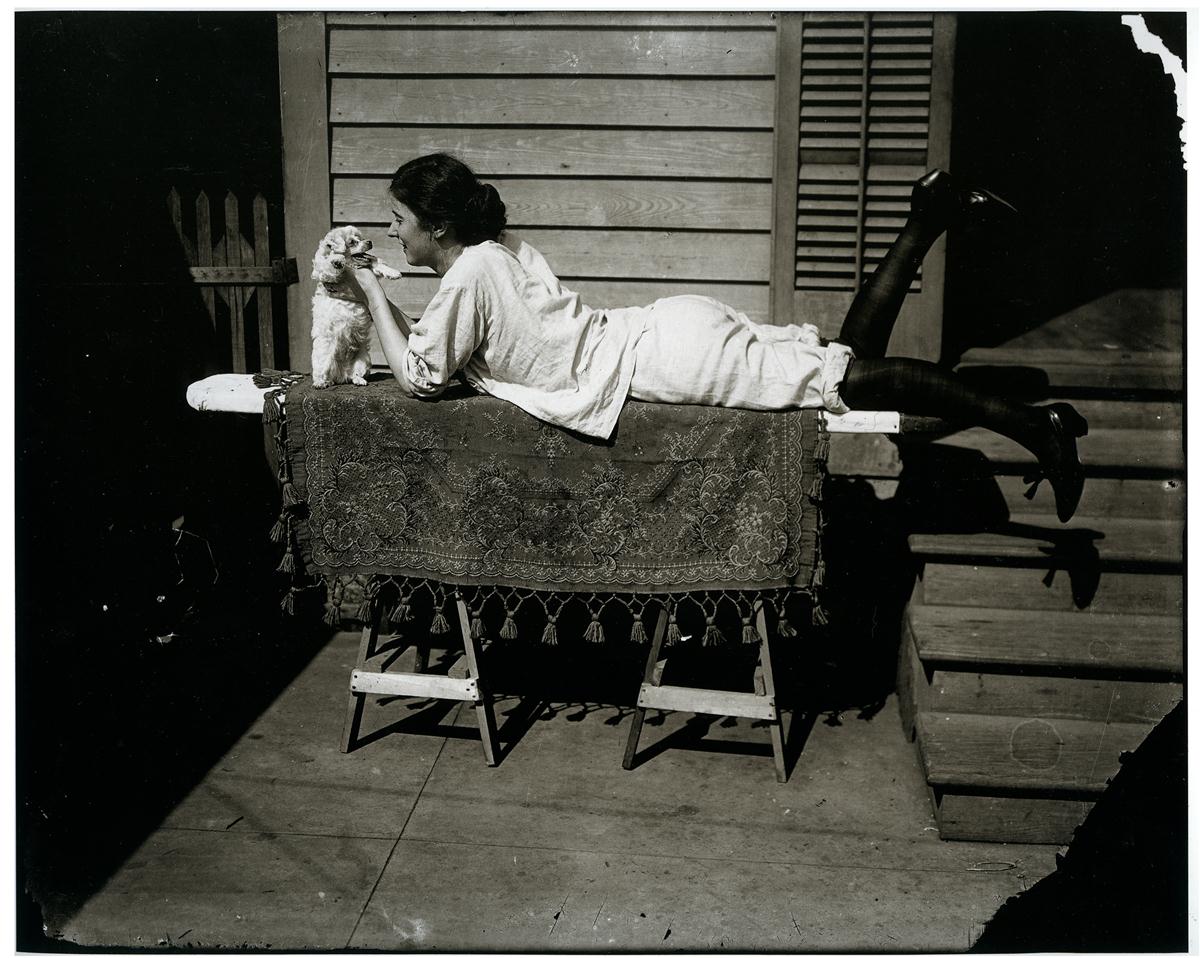

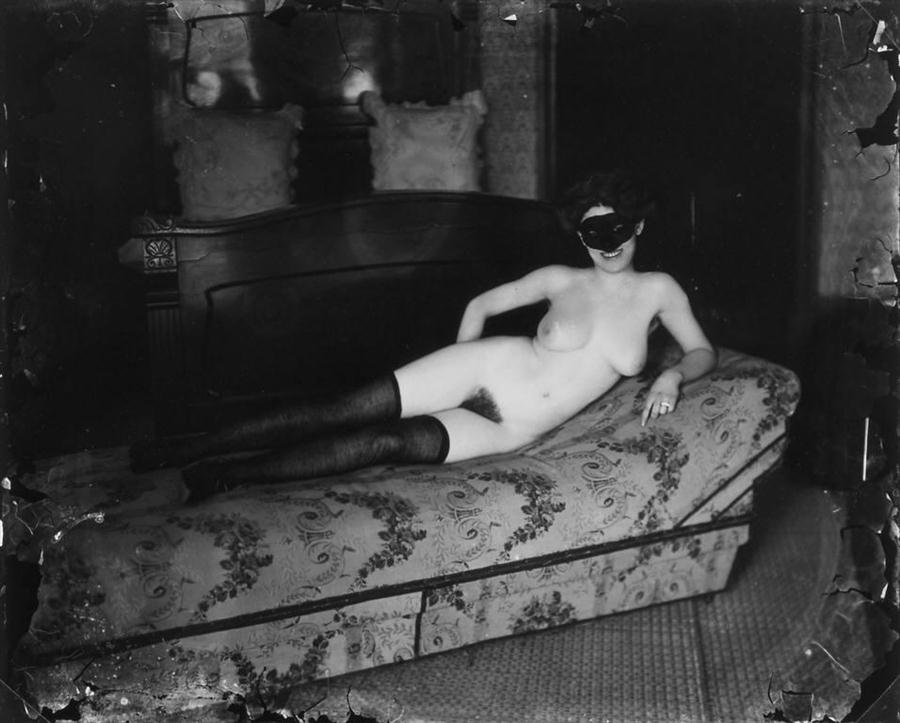
photographs taken in storyville, known as the purple mild district of New Orleans, were found by his brother, a priest, after his death in 1912. Eighty-nine glass plates, which were the negatives of these photographs, were later bought by the photographer Lee Friedlander, who noticed them, and friedlander printed them in the 70s and exhibited them in the museum of contemporary artwork. Bellocq’s art was appreciated after this exhibition, that is, twenty years after his death.
bellocq, who was originally an advertising photographer, made the photos he took in Storyville so attractive that women took these photos by walking around comfortably in their daily lives. In some of the pictures, women are seen wearing a mask, and in some of the photos, faces are engraved, although it was initially thought that his brother did this, but it was determined that the glass plates were engraved during the process, not afterwards. Bellocq tried to hide the identity of some of the women. Although it was not necessary in the dressed photos of the same women. ✪
![[Futuristika!]](https://futuristika.org/wp-content/uploads/2020/12/futuristika.png)